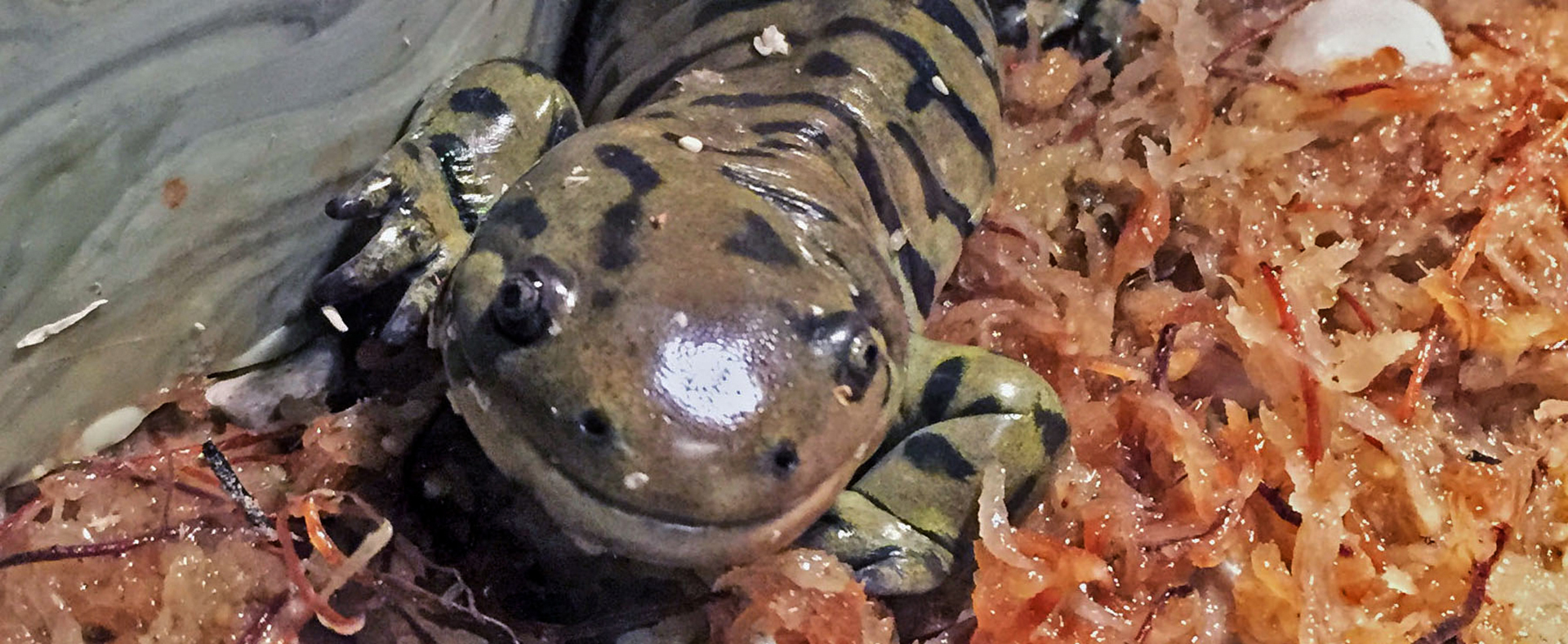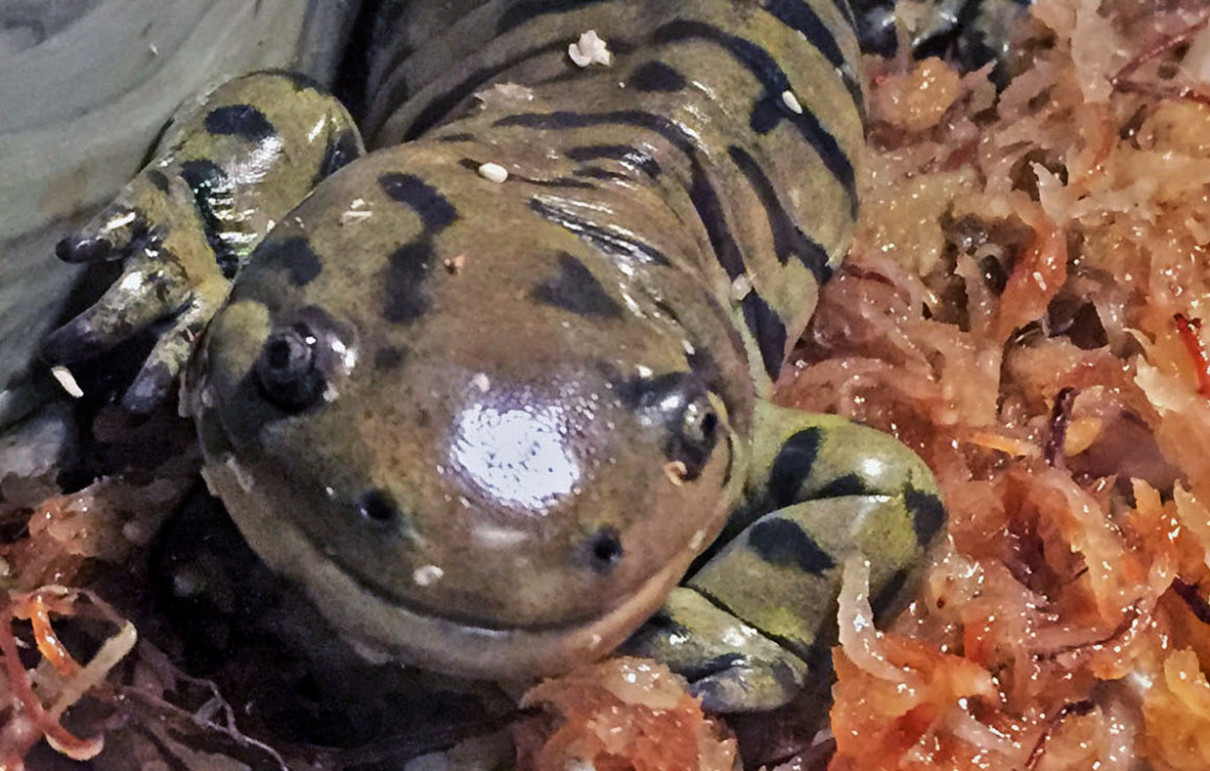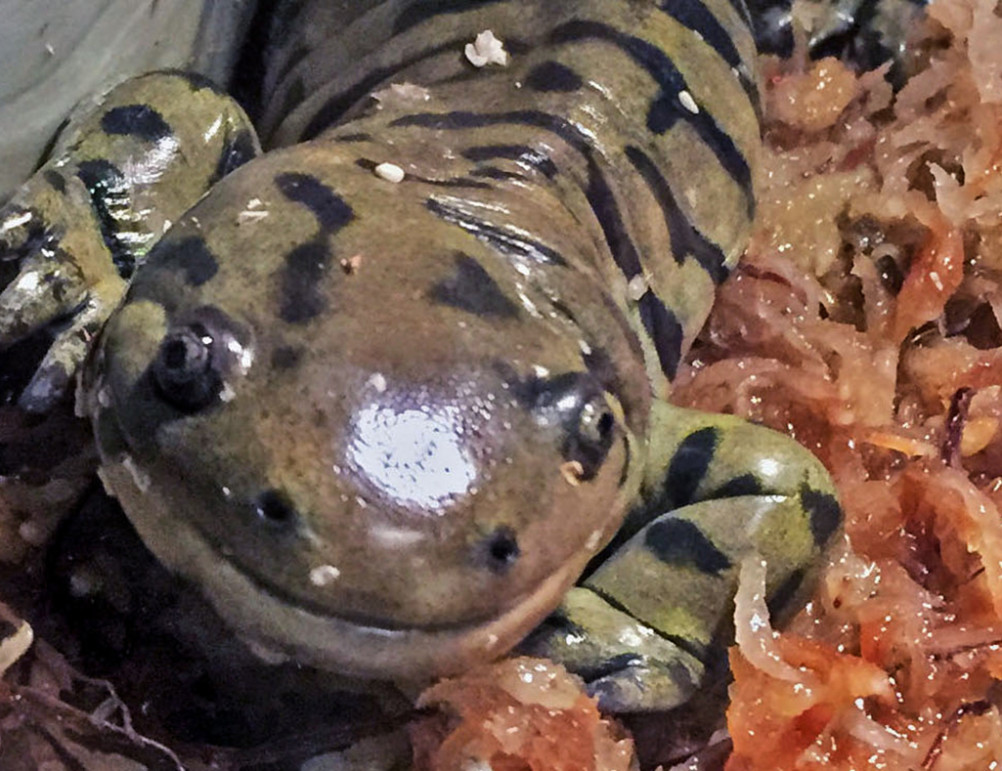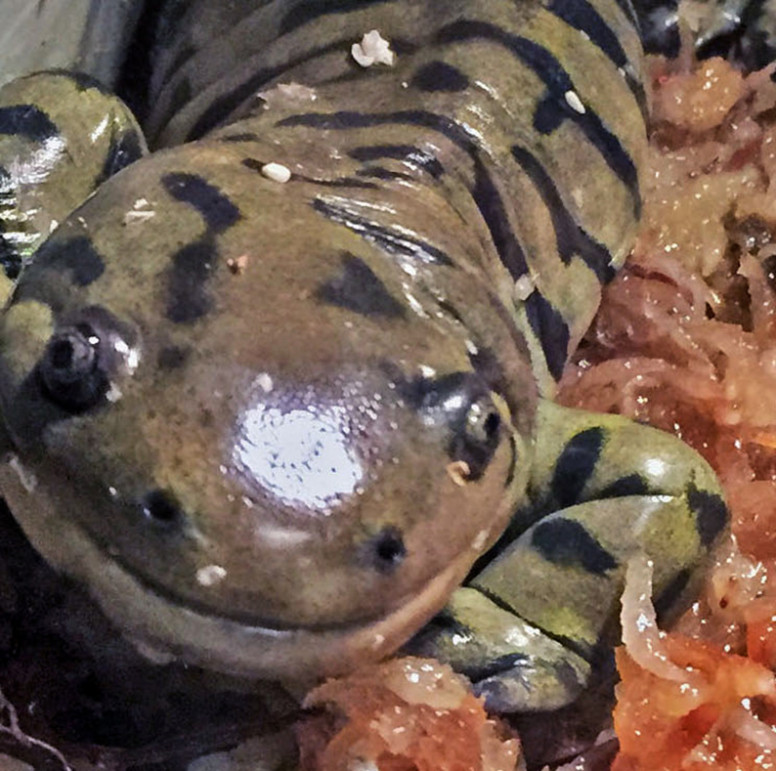STATUSLeast Concern
COMMON NAME (SCIENTIFIC NAME)Ambystoma tigrinum
DIETWorms, slugs, snails, larvae, and small crustaceans
RANGESouthern Canada, eastern Mexico, and the Atlantic Coast; Southern New York to Florida
HABITATDamp mountainous forests, meadows, ponds, and slow-moving stream







